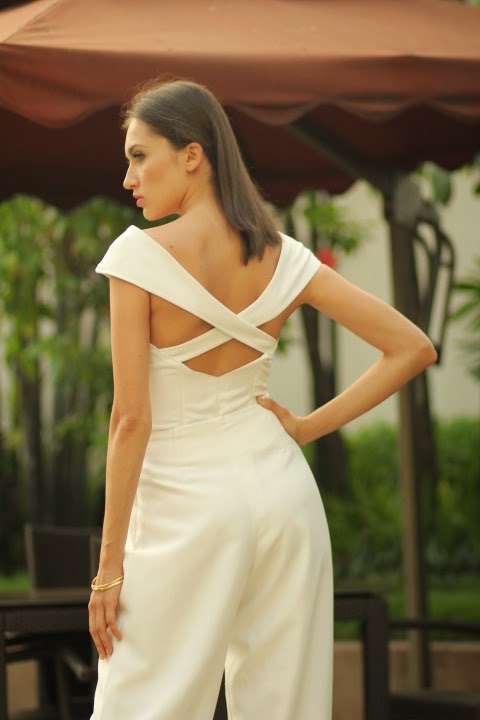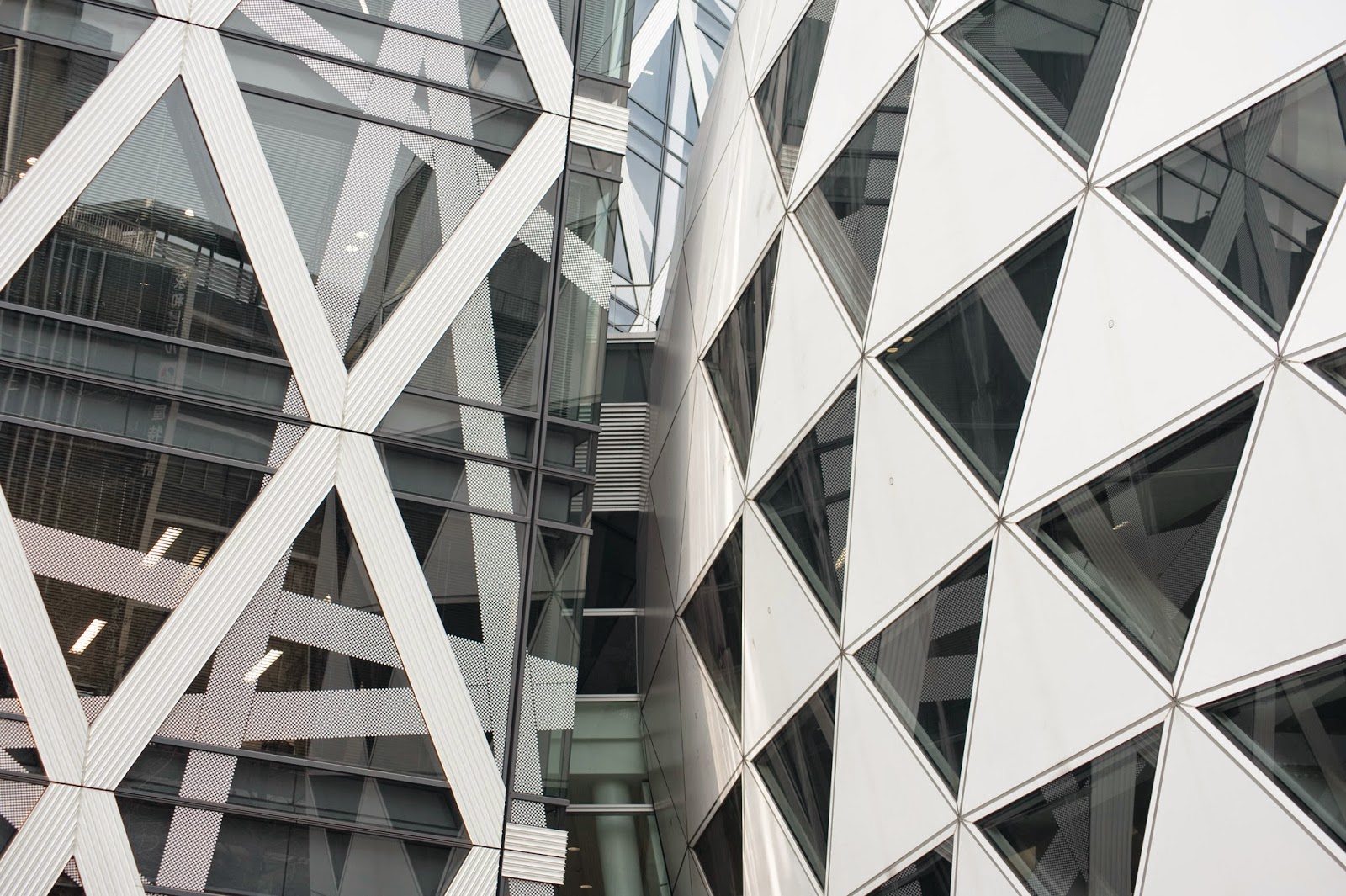One of the most tricky part in a collection is choosing the right fabric. Since the season that was given to me is spring /summer i choose white Crepe and Neoprene.
Why Crepe?
It is perfect for spring/summer because crepe as a lightweight fabric of silk, cotton, or other fiber, with a finely crinkled or ridged surface. The fabric is usually
woven with crepe yarn, a hard-twist yarn produced either with a higher
number of twists per inch than ordinary yarn or with alternate “S” and
“Z” twists. In the “S” twist the twist of the yarn resembles the centre
part of the letter “S”; in the “Z” twist the resemblance is to the
centre part of the letter “Z”; these are sometimes referred to as
left-hand and right-hand twists. One variation is to leave out certain
risers (interlacings of warp over filler threads) present in plain weave
in order to increase the float of yarn from one to three
.
The
fabric is woven from all of the major fibres, natural or man-made.
Surface textures range from fine, flat crepes to pebbled and mossy
effects; some surfaces resemble tree bark. Popular crepes include
Canton, crepe-back satin, crepe de Chine, Georgette, marocain, faille,
lingerie, mossy, romaine, and rough.
Why Neoprene?
The 2015 most sought after fabric is neoprene. it can be used to any clothes and can be won in any weather. Neoprene is a
synthetic rubber produced by
polymerization of
chloroprene and used in
weather-resistant products, adhesives, shoe soles, sportswear, paints, and rocket fuels. Neoprene is a family of synthetic rubbers that are produced by polymerization of chloroprene. neoprene exhibits good chemical stability and maintains flexibility over a wide temperature range. It is used in a wide variety of
applications
Why White?
White is color at its most complete and
pure, the color of perfection. The color meaning of white is purity,
innocence, wholeness and completion.
In color psychology white is the color
of new beginnings, wiping the slate clean, so to speak. It is the blank
canvas waiting to be written upon. While white isn't stimulating to the
senses, it opens the way for the creation of anything the mind can
conceive.
White contains an equal
balance of all the colors of the spectrum, representing both the
positive and negative aspects of all colors. Its basic feature is
equality, implying fairness and impartiality, neutrality and
independence.



















